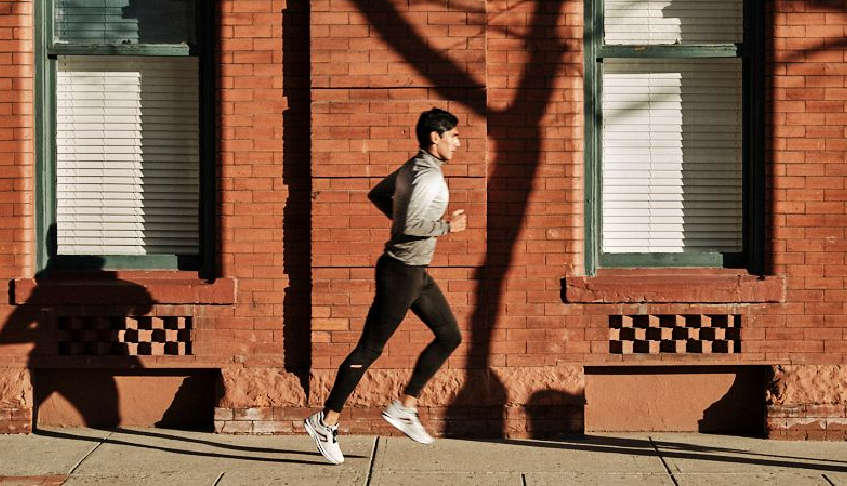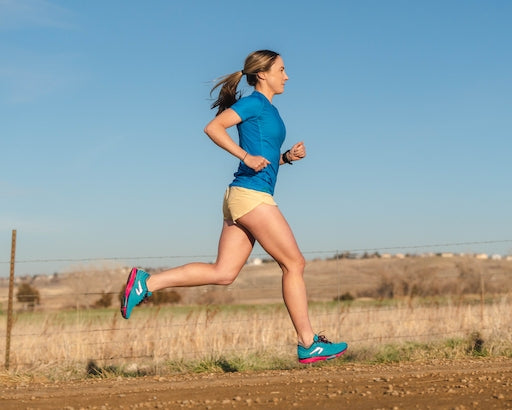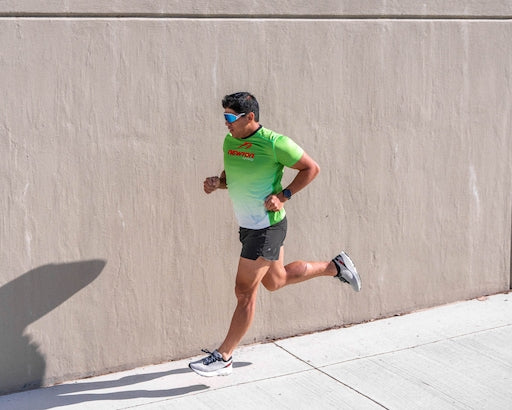
Keys to Healthy Running: Doc explains.
training tips15 April 2022
By – Dr. Frank Cusimano – DO, PhD
Tell anyone you run every day, and you are sure to hear an onslaught of comments about “your knees” or other long-term running related injuries. There is this longstanding belief that running causes injuries when you are older. Although true for some, not everyone who runs during their life develops injuries when they are older.
While working in a sports medicine clinic, I saw first-hand how master’s age athletes compete and thrive in theirs 60s and 70s. Their insights and experience have influenced my own training. For 1000 days, I ran every day, averaging close to 6 miles a day, without injury. To do so, I followed these 8 tips:
- Form: Although it seems obvious, most runners have improper running form that can cause shin splints, knee injuries, IT band issues, tight hip-flexors, etc. If you feel pain, slow down, if you feel your form failing from fatigue, back off until you can maintain your form through that distance. Protip: record yourself while running on a treadmill and compare it to professional runners on YouTube, record all three planes: front, back, and side. Be a student of good running form.
- Hydration: Hydration is underappreciated in injury prevention. How well our muscles, tendons, and ligaments perform under stress is a function of hydration. Dynamic range is dependent on it. Ligaments and tendons are 75-80% collagen. Collagen fibrils are made up of triple-peptide helixes wrapped in a hydration sheet, when dehydrated the collagen loses it’s dynamic range of motion increasing the risk of injury. So stay hydrated!
- Nutrition: Eat right to perform and recover. While electrolytes are obvious other nutrients like Ascorbate acid enhance collagen and elastin synthesis affecting our performance and our recovery.
- Shoes: Get fitted for the right shoes! Everyone’s feet are different, but only few brands put you in the right anatomical position to prevent injuries. There is a reason I have stuck with Newton Running for 13 years without injury. First, find the right shoe for your foot type and how much stability you need. Next find the shoe model designed for the surface you plan to run on.
- Sleep: Do not skip this one, laying down, i.e. getting horizontal, instigates a change in our blood flow and blood pressure that forces metabolites from overworked muscles (i.e. legs) to the liver/kidney for filtration and excretion. Sleep also allows efferent motor neurons to recover from exercise induced excessive stimulation.
- Stretching: Too many people try to quote studies saying stretching doesn’t help…it does. Period. Try running 1000 days straight without stretching and tell me how it works out for you. Your IT band will thank me. I stretch before I run and again before bed.
- Calisthenics: Best way to warm up and activate different neuronal pathways and muscles before running - admittingly, I don’t do this enough. Even though it is time consuming, try to build a short callisthenic circuit before most of your runs.
- Recovery: This isn’t just about rest or sleep, this is active recovery. Be mindful not to overdo it by always doing the same workout. Stagger different types of runs throughout the week to prevent overuse injuries. Every week strength train your core, your back, and your obliques to improve your posture and balance for those longer runs.
If you have any other good tips to prevent injuries, make sure to let us know! Through running I have learned, sometimes you have to make it fun. The more you tense up and make it a chore, the greater your risk of getting injured. Have fun with your runs, keep it engaging, and remember that there is always tomorrow.


